On Saturday, May 30, 2020, an almost nine year long hiatus in launching astronauts from United States soil was finally broken. The successful launch of the SpaceX Falcon 9 rocket with the Dragon Crew Capsule carrying astronauts Bob Behnken and Doug Hurley marked a milestone for the NASA Commercial Crew Program.


After the launch, the astronauts announced that they had named their spacecraft Endeavour since they had both previously flown on the Endeavour Space Shuttle. This continued a long tradition of astronauts giving their vehicles specific names or call signs.

Painting by Samuel Atkins (1787-1808) of the HMS Endeavour 
Apollo 15 command module “Endeavour” 
Space Shuttle Endeavour 
SpaceX Dragon Crew Capsule Endeavour docking with the ISS
This vehicle is actually now the third spacecraft to have the name Endeavour. In addition to the Shuttle, Endeavour was also the call sign for the Apollo 15 Command Module that orbited the Moon in 1971 with astronaut Alfred Worden on board. His crewmates, Dave Scott and Jim Irwin, explored the lunar surface from the Lunar Module named Falcon. These spacecraft all use the British spelling of the word Endeavour because they trace their name to Captain James Cook’s sailing ship of the eighteenth century, H.M.S. Endeavour.
The Crew Dragon Endeavour successfully docked with the International Space Station on Sunday, May 31. Astronauts Behnken and Hurley joined I.S.S. Commander Chris Cassidy and cosmonauts Anatoly Ivanishin and Ivan Vagner aboard the station. With the crew now back up to five, more experiments and work can now be accomplished aboard the station. How long Behnken and Hurley will stay aboard the I.S.S. has not been announced yet by NASA. Their stay could be anywhere from one to three months. This decision will be made based on when the next Crew Dragon Capsule is ready for launch and how well the vehicle performs during its stay in orbit docked to the station. When astronauts Behnken and Hurley finally do return to Earth, they will be the first American astronauts to splashdown in the ocean since the Apollo/Soyuz crew in July 1975.


With this successful test launch of the Crew Dragon Capsule, America is back in the astronaut launching business. The next group of four astronauts could launch to the I.S.S on a Dragon Crew Capsule later this year. These astronauts will stay aboard the station for up to six months. Later in the year, Boeing plans a second uncrewed test launch of their CST-100 Starliner. Hopefully, by 2021, we will see two Commercial Crew Vehicles able to carry astronauts to the International Space Station. This will give NASA added redundancy should a problem ever develop in one of the vehicles.
In addition to the Commercial Crew Program, NASA is also proceeding with the development of the Artemis Program to land astronauts on the Moon again for the first time since 1972. This will include future test flights of the SLS rocket and the Orion Capsule. The future for space travel is very exciting. Having astronauts back in space from American soil is just the first step in returning to deep space exploration of the Moon and beyond.


